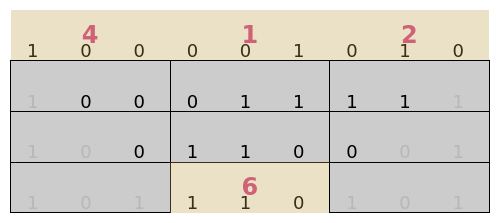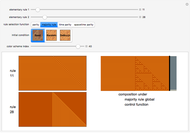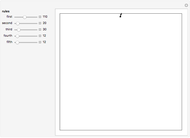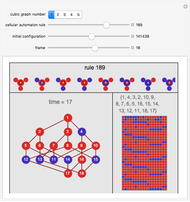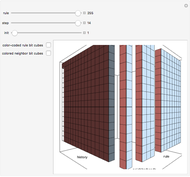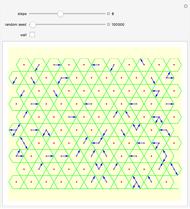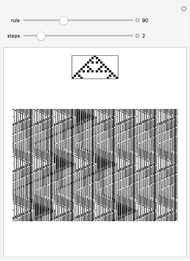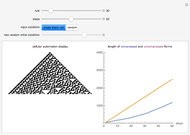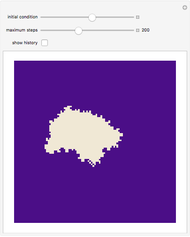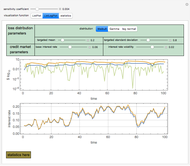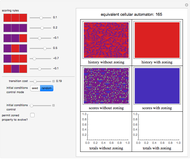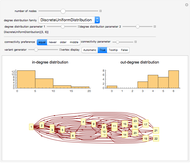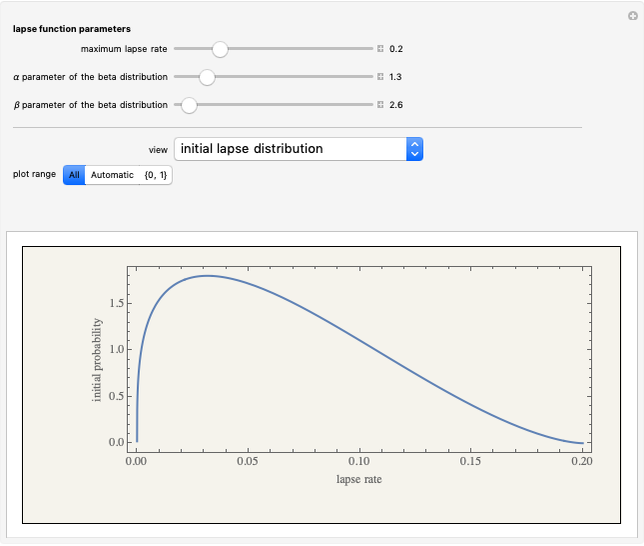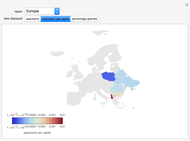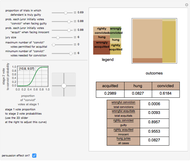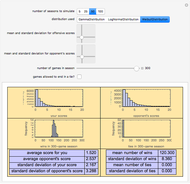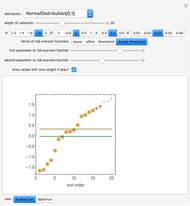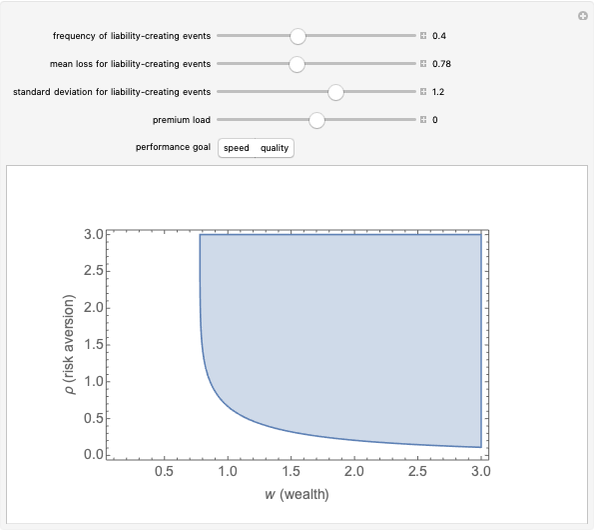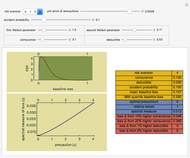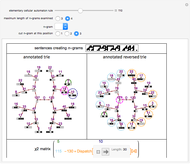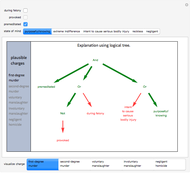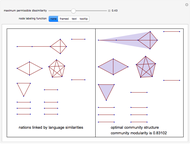Visualizing the Coarse Graining of a Cellular Automaton

Requires a Wolfram Notebook System
Interact on desktop, mobile and cloud with the free Wolfram Player or other Wolfram Language products.
You can "coarse‐grain" an elementary cellular automaton by creating blocks of length  and running the cellular automaton for
and running the cellular automaton for  steps. You then examine the base 2 value of each initial run of 3 blocks and the base 2 value of the final block centered below each run. If you perform this task over all possible blocks of 3, you can develop an alternative characterization of the cellular automaton that has
steps. You then examine the base 2 value of each initial run of 3 blocks and the base 2 value of the final block centered below each run. If you perform this task over all possible blocks of 3, you can develop an alternative characterization of the cellular automaton that has  "colors." If you are willing to accept a loss of information, however, you can project the
"colors." If you are willing to accept a loss of information, however, you can project the  colors back into two colors. For most such projections, the result will not itself describe a cellular automaton because the same projected values will often have different outputs. Under certain projections, however, the result will describe a cellular automaton that is a "lossy" version of the original. This Demonstration helps visualize this idea by permitting you to select initial conditions, the elementary cellular automaton that is to be studied, a block size ranging from 2 to 4, and which of the
colors back into two colors. For most such projections, the result will not itself describe a cellular automaton because the same projected values will often have different outputs. Under certain projections, however, the result will describe a cellular automaton that is a "lossy" version of the original. This Demonstration helps visualize this idea by permitting you to select initial conditions, the elementary cellular automaton that is to be studied, a block size ranging from 2 to 4, and which of the  projections should be examined. It creates a single run of 3 blocks and shows the evolution of the cellular automaton and the values (projected or not) of the initial 3 blocks and the final block.
projections should be examined. It creates a single run of 3 blocks and shows the evolution of the cellular automaton and the values (projected or not) of the initial 3 blocks and the final block.
Contributed by: Seth J. Chandler (March 2011)
Open content licensed under CC BY-NC-SA
Snapshots
Details
The paper first studying this phenomenon is by N. Israeli and N. Goldenfeld, "Computational Irreducibility and the Predictability of Complex Physical Systems," Physical Review Letters, 92(7), 2004. A preprint may be found at arXiv.
The Demonstration does not indicate whether the projection selected by the user creates a cellular automaton. That is a more complex matter than examined here.
Permanent Citation
"Visualizing the Coarse Graining of a Cellular Automaton"
http://demonstrations.wolfram.com/VisualizingTheCoarseGrainingOfACellularAutomaton/
Wolfram Demonstrations Project
Published: March 7 2011
